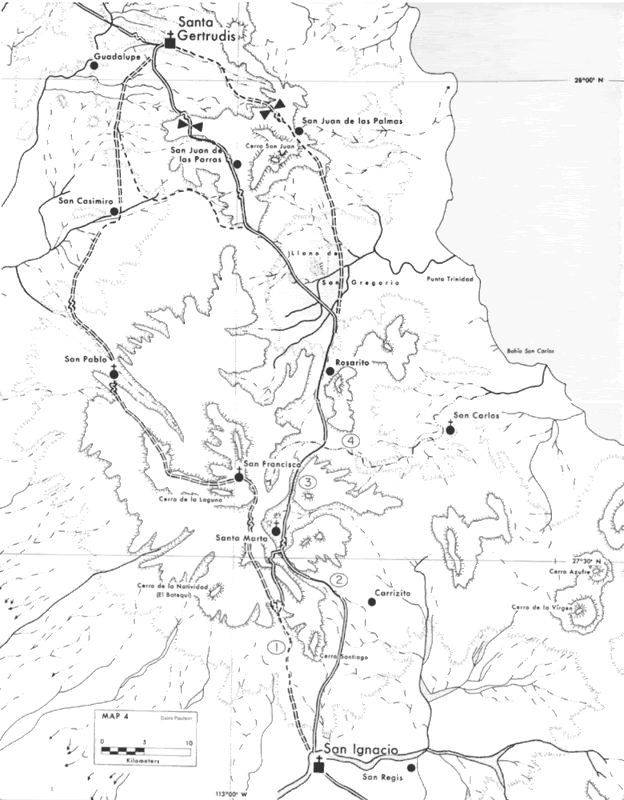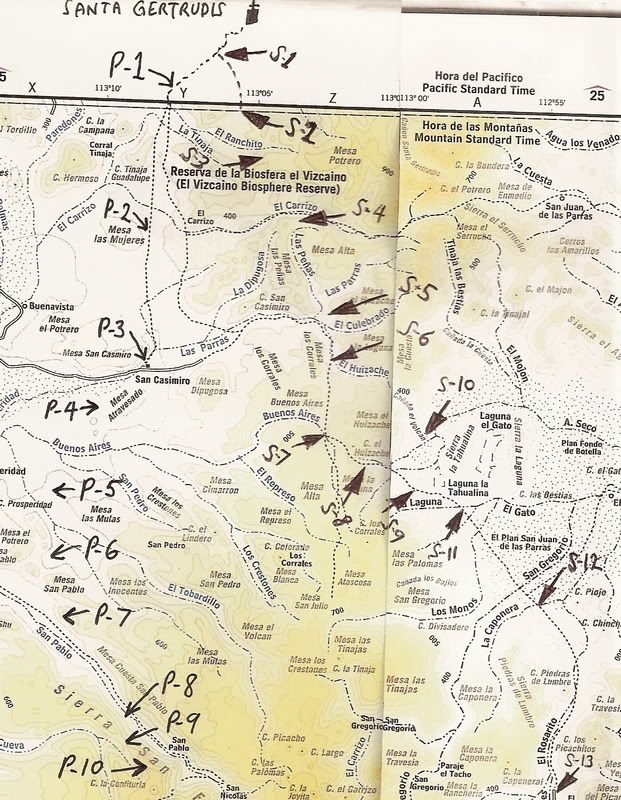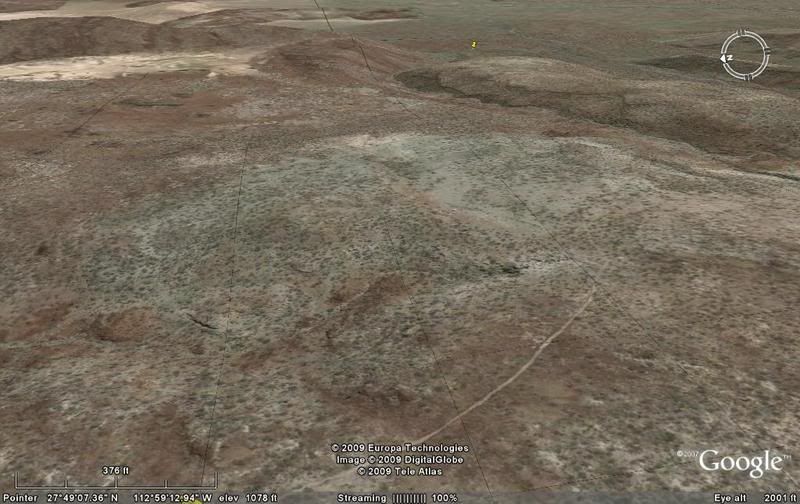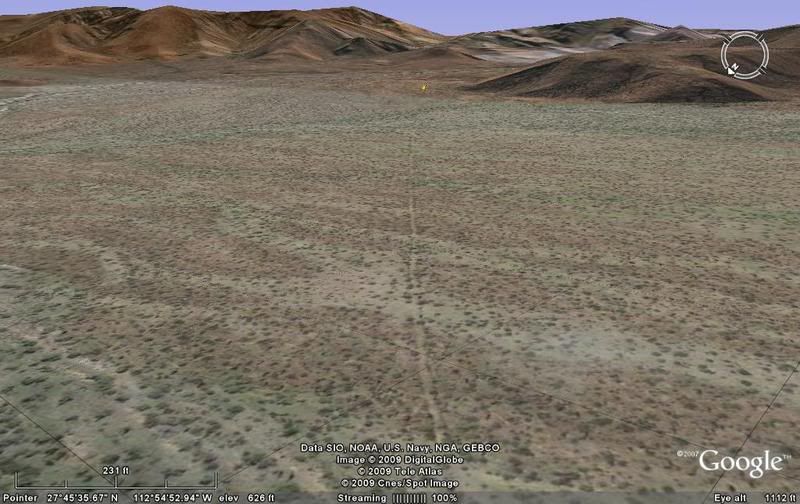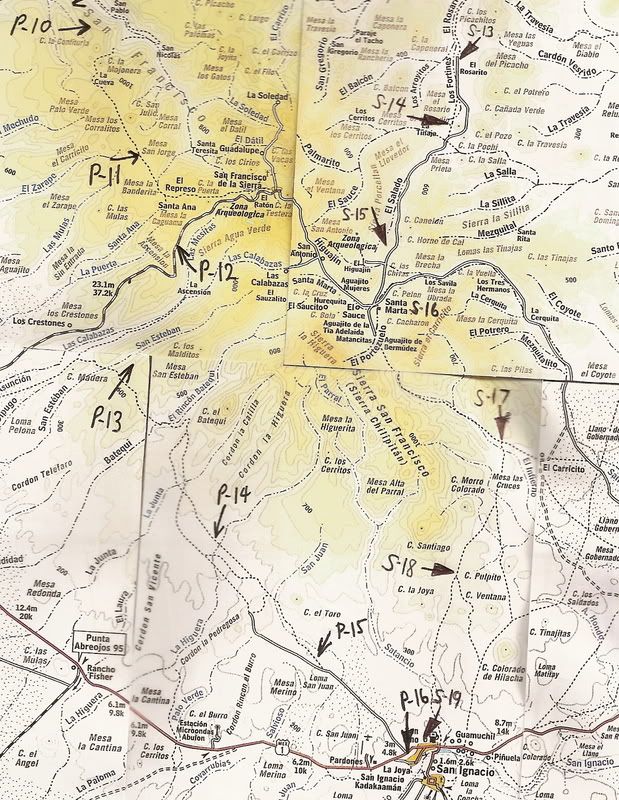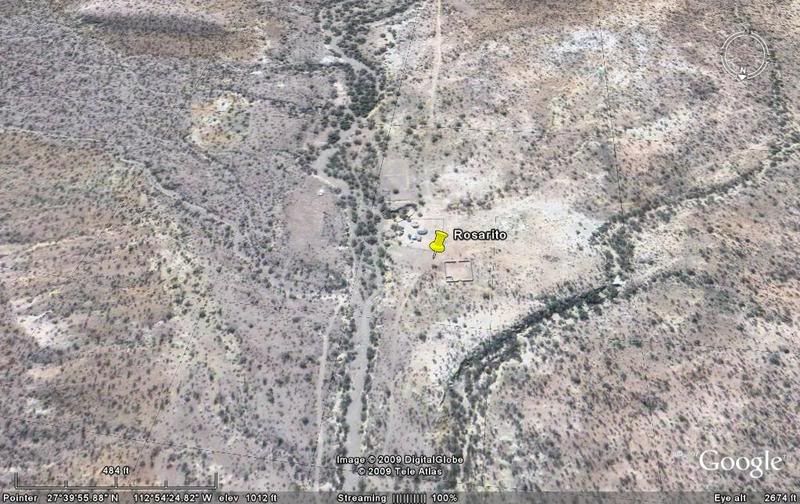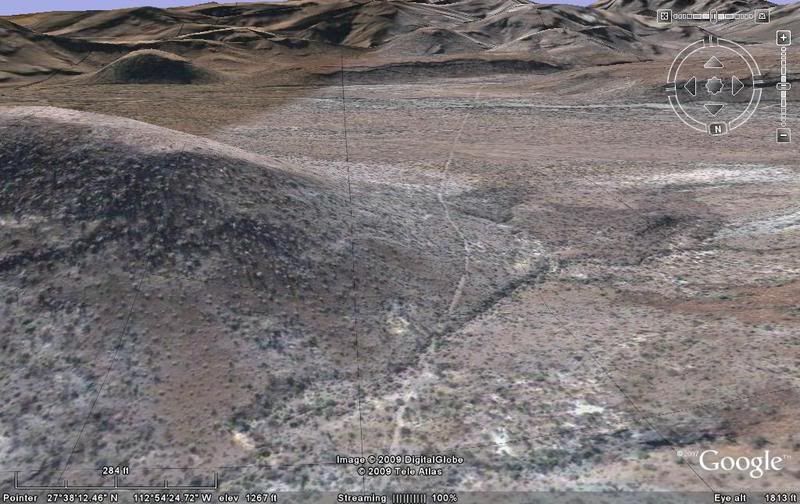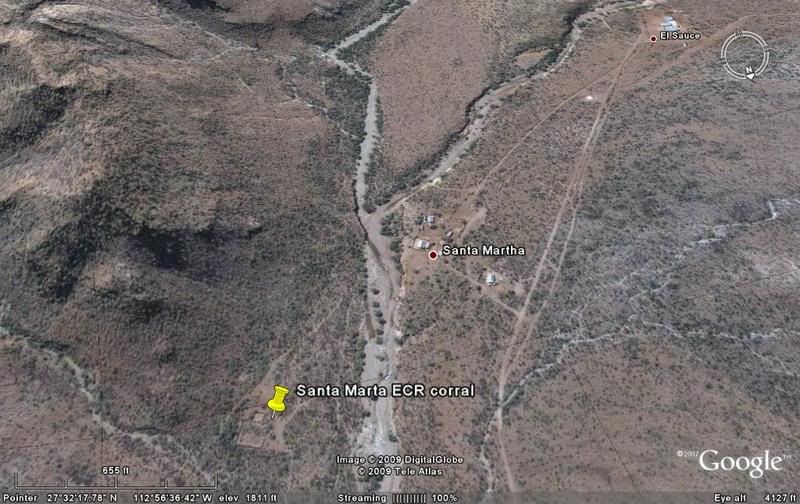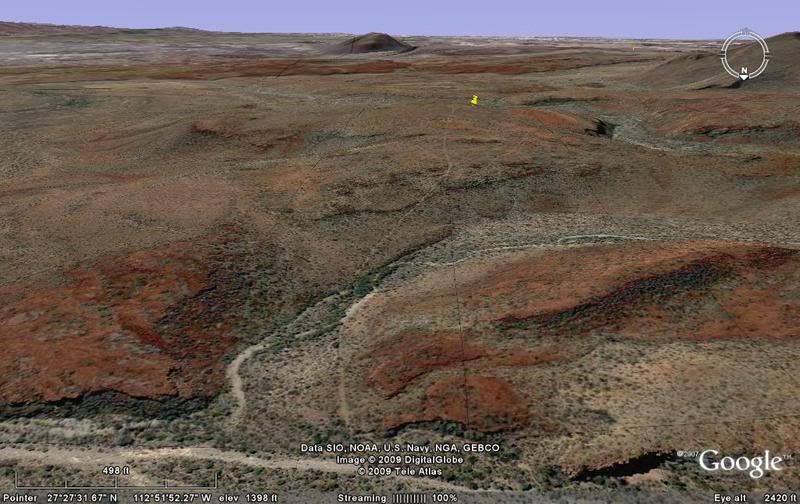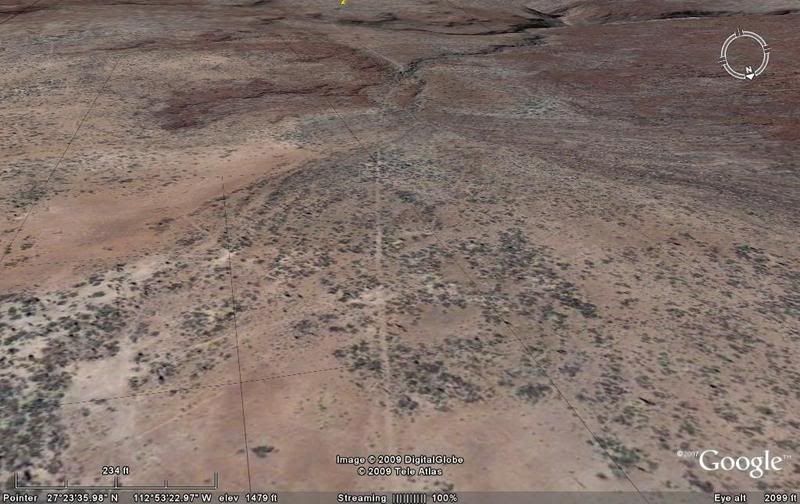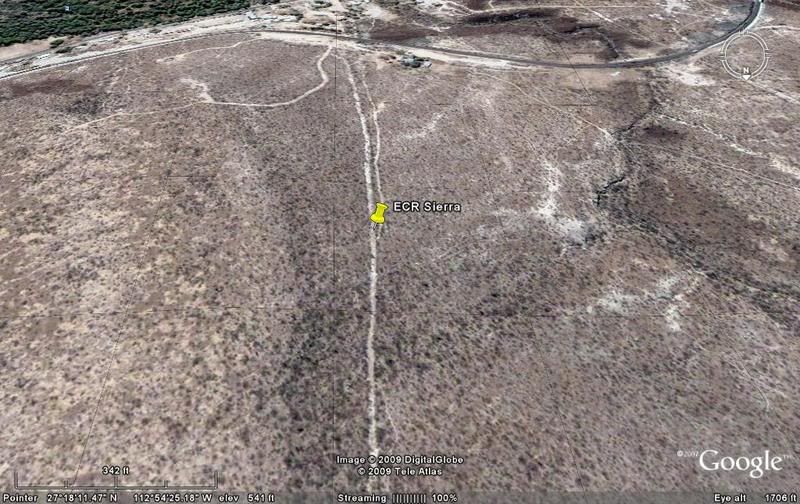You know if you keep this up I'm going to quit my job, get in my truck and come check out all these spots you keep posting--my wife will not be pleased, so stop it!

Awesome David--really enjoy all the hard work you put into these virtual excursions! I wasn't aware that you could travel by road from Gertrudis to San Ignacio via Santa Marta--or is that not a road I'm seeing, just the trail...

